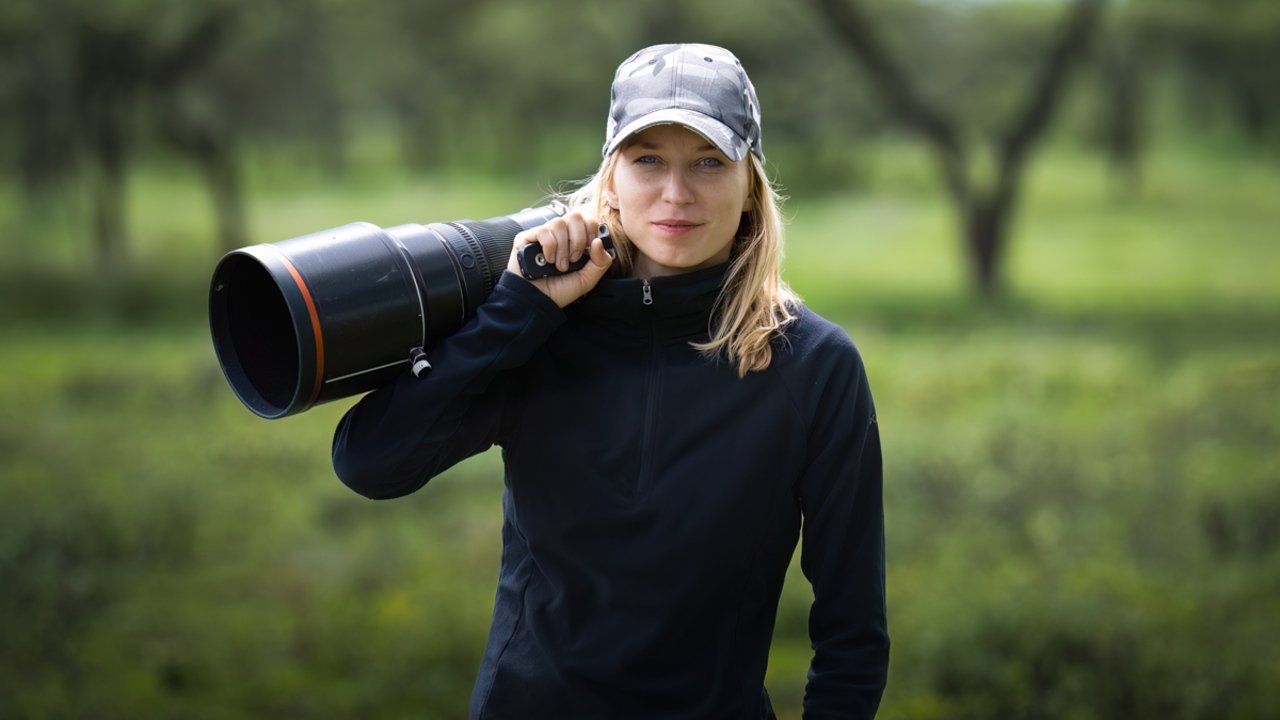1Congratulations on winning the MUSE Design Awards! Can you introduce yourself and share about what inspired you to pursue design as a career?
I’m Daria Yang Du, an architectural, interior, and experience designer with a Master’s in Advanced Architectural Design from Cornell University. I have professional experience at firms such as BIG, RIOS, Gensler, and MAD, working across hospitality, cultural, institutional, and resilient design sectors. My focus lies in creating narrative-driven environments that respond to both social responsibility and sensory experience.
I’ve always believed that design is a way of responding to emotional, cultural, and environmental conditions through space. For me, storytelling and architecture are inseparable—each space should carry a memory, a message, or a moment.
This particular project was developed in close collaboration with two talented peers: Ningyuan Deng, who led the architectural design and conceptual development, and an early landscape collaborator who contributed during the initial phase of the project.
2What does being recognized in the MUSE Design Awards mean to you?
It’s incredibly meaningful for me. This project dealt with themes of displacement and belonging, so the recognition reinforces our belief that architecture has the power to generate empathy and provoke conversation—especially when approached collaboratively.
3How has this achievement impacted your career, team, or agency, and what opportunities has it brought so far?
The award has sparked interest in our process and values, particularly from institutions and practitioners working at the intersection of social impact and design. It’s been an encouragement to continue pushing for context-driven, interdisciplinary work.
4What role does experimentation play in your creative process? Can you share an example?
Experimentation is essential. Many of our conceptual moves came from unexpected references—for instance, Daria’s early research involved inflating and popping balloons to explore spatial subtraction, which helped shape later formal moves. That spirit of curiosity defined our collaboration.
5What's the most unusual source of inspiration you've ever drawn from for a project?
Sometimes it’s abstract—like movement patterns, or even a sudden visual on the street. Other times it’s a conceptual leap, like reframing “border” not as a line but as a zone of possibility. One spark can shift an entire scheme.
6What’s one thing you wish more people understood about the design process?
That design is rarely a solo endeavor. Behind every concept are hours of iteration, disagreement, and collective problem-solving. The process is messy—and that’s where the beauty often lies.
7How do you navigate the balance between meeting client expectations and staying true to your ideas?
By aligning on goals early and framing our proposals as responses to real needs—not just aesthetics—we find that when the narrative is strong and grounded, clients are often excited to embrace bold directions.
8What were the challenges you faced while working on your award-winning design, and how did you overcome them?
The scope was ambitious: architectural design, landscape integration, spatial strategy, and detailing—all within one proposal. Coordinating these layers—especially with limited time and resources—was challenging. We overcame it through clear role division: Ningyuan led the architectural direction, while I handled the landscape and master plan narrative, site analysis, and detailed drawings.
9How do you recharge your creativity when you hit a creative block?
Stepping away is something I find that has always been helpful.
10What personal values or experiences do you infuse into your designs?
Empathy and spatial perception.
11What is an advice that you would you give to aspiring designers aiming for success?
Own your vision, but never work alone.
12If you could collaborate with any designer, past or present, who would it be and why?
I’ve always admired Bjarke Ingels for his conceptual clarity and communicative strength. Even just hearing him critique a scheme would be a learning experience. His ability to frame complexity into accessible ideas is something I aspire to in my own design storytelling.
13What's one question you wish people would ask you about your work, and what's your answer?
When asked, "Who are you designing for, really?" my answer is clear: I design for those often forgotten in the planning process—displaced communities, marginalized voices, and people navigating change—aiming to create space that honors their experience.








